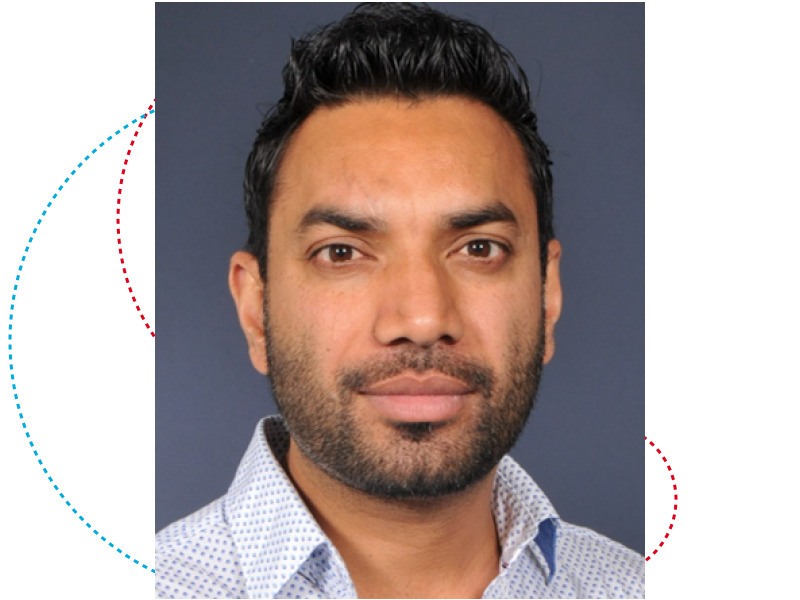3D imaging of flow in porous materials: From rocks to termite nests
Flow in porous materials is of central importance in many natural and industrial processes, such as CO2 and H2 storage in saline aquifers or depleted oil and gas fields, subsurface nonaqueous fluid contaminant transport, oil recovery from reservoir rocks and water retention in soils. Until recently, observations of flow processes at the pore scale were restricted to effectively two-dimensional (2D) porous media accessible by optical methods. However, new developments in X-ray tomography have revolutionised the workflows and methods to investigate various flow processes and in-situ wettability in complex three-dimensional (3D) porous materials. In this study, we use these developments to investigate pore-scale flow processes, such as pore-filling, local interface rearrangements, wetting layer flow and snap-off, during drainage and imbibition in natural porous media. Our results show new correlations of pore-throat geometry with fluid displacement events. Moreover, using controlled wetting conditions, we show a fluid flow transition regime as a function of contact angle in homogeneous porous media; however, the pore-scale processes become more complex with the introduction of heterogeneity. Finally, the use of X-ray tomography and Digital Rock Analysis to investigate biological problems such as termite nests and ant-plant symbiosis will be discussed.
Bio: Kamaljit Singh is an Associate Professor at the Institute of GeoEnergy Engineering, Heriot-Watt University. He obtained his undergrad degree in Civil Engineering from Punjab Technical University (India), master’s degree in Environmental Engineering from Panjab University (India), and PhD in Civil Engineering from the University of New South Wales (Australia), followed by holding postdoc positions at the Max Planck Institute for Dynamics and Self-Organization in collaboration with Saarland University (Germany), European Synchrotron Radiation Facility (France) and Imperial College London (UK). His research focuses on 3D and 4D (i.e., time-resolved 3D) imaging of multiphase flow in porous media, with applications to underground H2 and CO2 storage and oil recovery from reservoir rocks. He has also applied these imaging techniques to investigate other research topics such as termite nests and ant-plant symbiosis.
